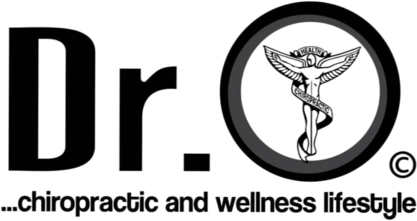-
Call: (214) 813-3516Call: (214) 813-3516
-
6251 West University Drive Suite 101 McKinney, Texas 75071

Exercise and Detox
When considering a detox in conjunction with exercise, the question of interest is, how does exercise help with detox and if at all. Does sweating have a legitimate toxin removal ability? These are questions that I felt challenged to understand. To understand exactly how exercise may benefit or maybe accelerate or move along the detox process. The lungs and kidneys can be positively affected in its function due to consistent exercise, in turn affecting the body’s daily detox pathways.
Exercise is engaging in physical activity to sustain or improve health. This can be done in variety of ways. A exercise routine that accumulates to about a minimum of 150 minutes a week can cause an increase in sweating, lung oxygen capacity and increased kidney function.
When it comes to sweat, we have about average 2.5 million sweat glands all over the human body. There are about two types of sweat glands, the eccrine sweat glands which are most abundant on the human body and is mostly composed of salt and water, primarily to cool the human body when temperature rises. The apocrine sweat glands mostly at the hair follicles, arm pits and groin area are stimulated mostly by emotional triggers. Apocrine sweat glands stimulate odorless sweat until it combines with bacteria, giving off a smelly odor.
So the question is, does sweat from increased exercise help with the body detox process? There have been much confusion as to the benefit of sweating when its comes to toxin removal. There are research studies that shows that sweating does remove toxins that are detrimental to human body and function. One study (1), showed in its research that toxins such as arsenic, cadmium, lead, and mercury are found in sweat. These elements have no known benefit to the human body and can in fact alter systems like the nervous, endocrine, renal, musculoskeletal, immunological and cardiovascular. There was an emphasis on exercises and other therapies such as heat (sauna). Another study (2), discussed the elimination of bioaccumultated toxic elements of metal and metalloids from the human body. It was stated that induced sweating appears to be the potential method for eliminating many toxic elements like metals and metalloids from the human body.
Exercise can help the lungs and kidneys by increasing function and output. When the lung function is increased due to exercise it causes one to have oxygen increase and helps to remove carbon dioxide, which is a waste product that is produced through the respiratory process. With this process your energy level is increased. For example when resting, our breath rate is about 40-60 times a minute (100 liters of air). And when exercising the breath rate is about 15 times a minute (12 liters of air). This leads to increased strength and increased function of muscles.
The kidneys function is to filter out of the blood a variety of water soluble waste products, urea, uric acid and creatine and environmental toxins into urine. The kidney filters about 180-200 liters of blood a day. The kidney also helps in the balance of salt and water. With increased exercise there can be increased water reabsorption, decreased urine output that leads to increased hydration. Hydration is especially important with exercise. Additionally, with increased and consistent exercise, there is increased circulation overall and the detox pathway of the kidney is increased in function. This also causes muscles to take in more glucose leading to less sugar in the blood stream, decreasing stress on the kidney while increasing function.
Therefore, evidence shows that exercise and heat encourages the functionality of the body natural detox pathways. This is encouraging because one can devise a exercise routine that includes 30 minutes of workout for five days a week and heat therapy such as sauna in conjunction with a nutritional detox program and get effective results. This is very exciting to know that exercises with increased movement of the body, deep breathing, aerobic exercises can be very effective. Exercises such as walking, can be done in a park, at a gym, or even at lunch, can be very effective. Running or jogging with good running shoes and good breathing patterns can encourage the detox process. Dancing is fun and can increase the heart rate and sometimes dancing includes increased body movements, which in turn can be a great form of exercise. Deep breathing done in yoga encourages good oxygen circulation and has its benefits.
